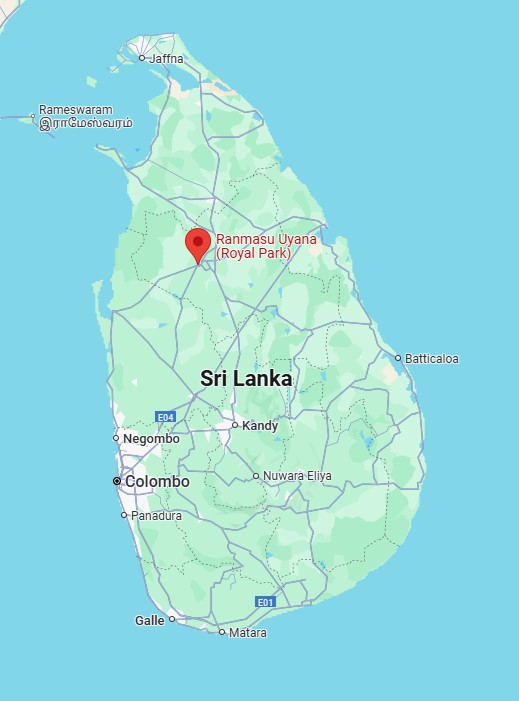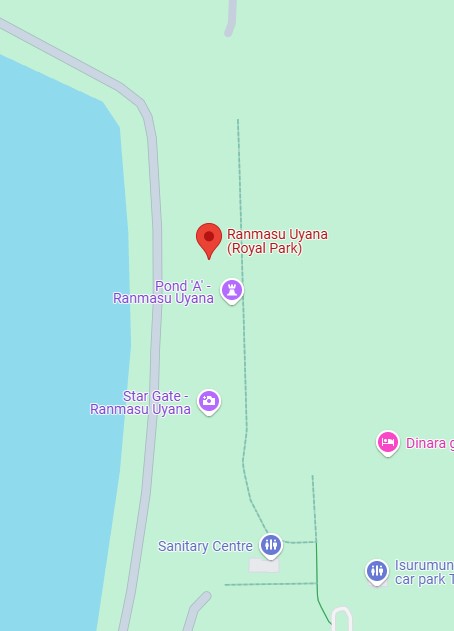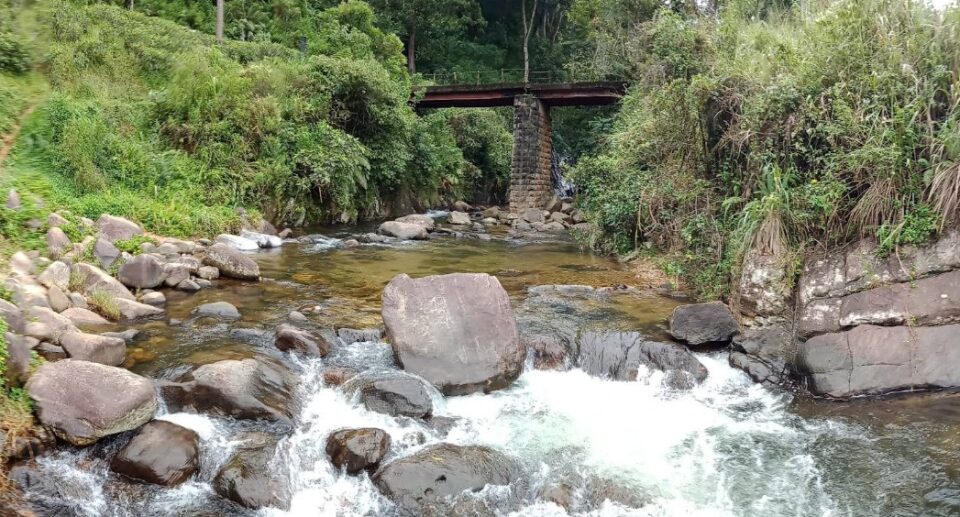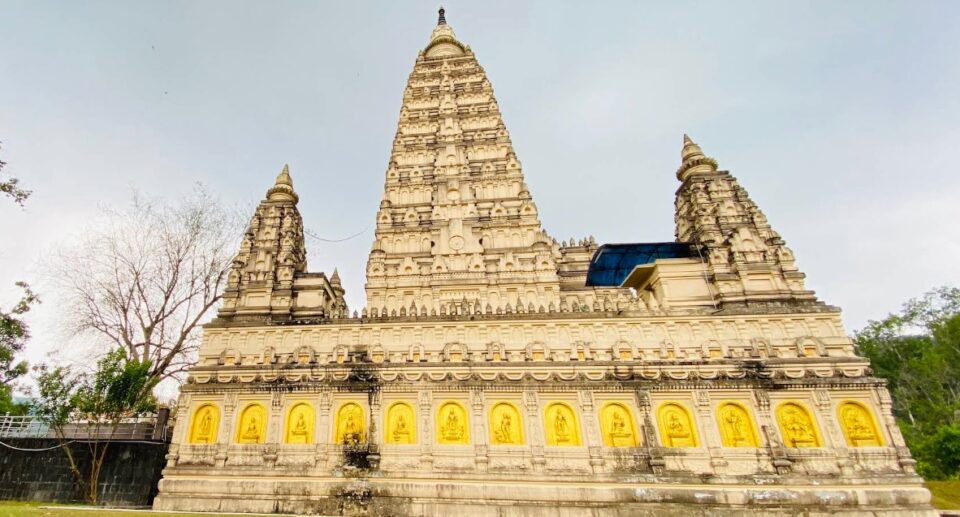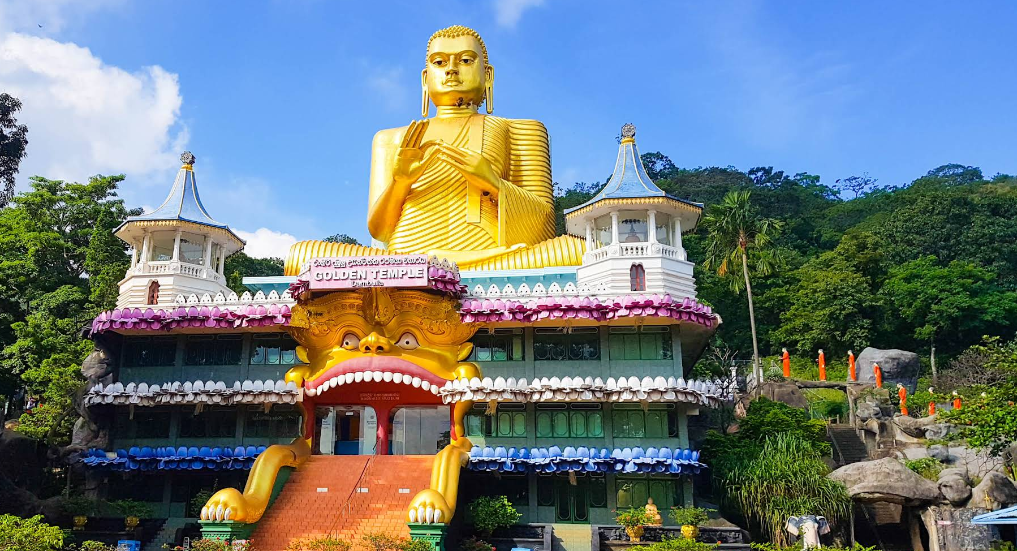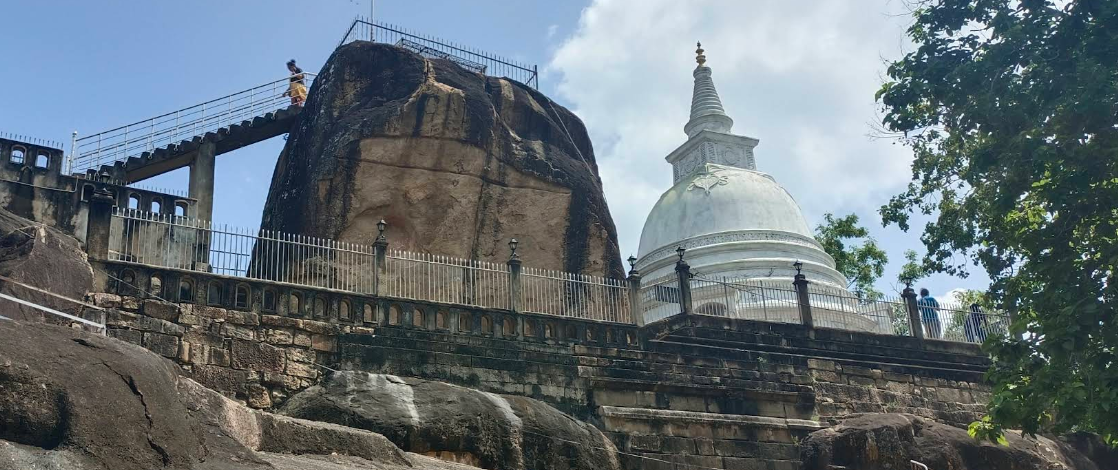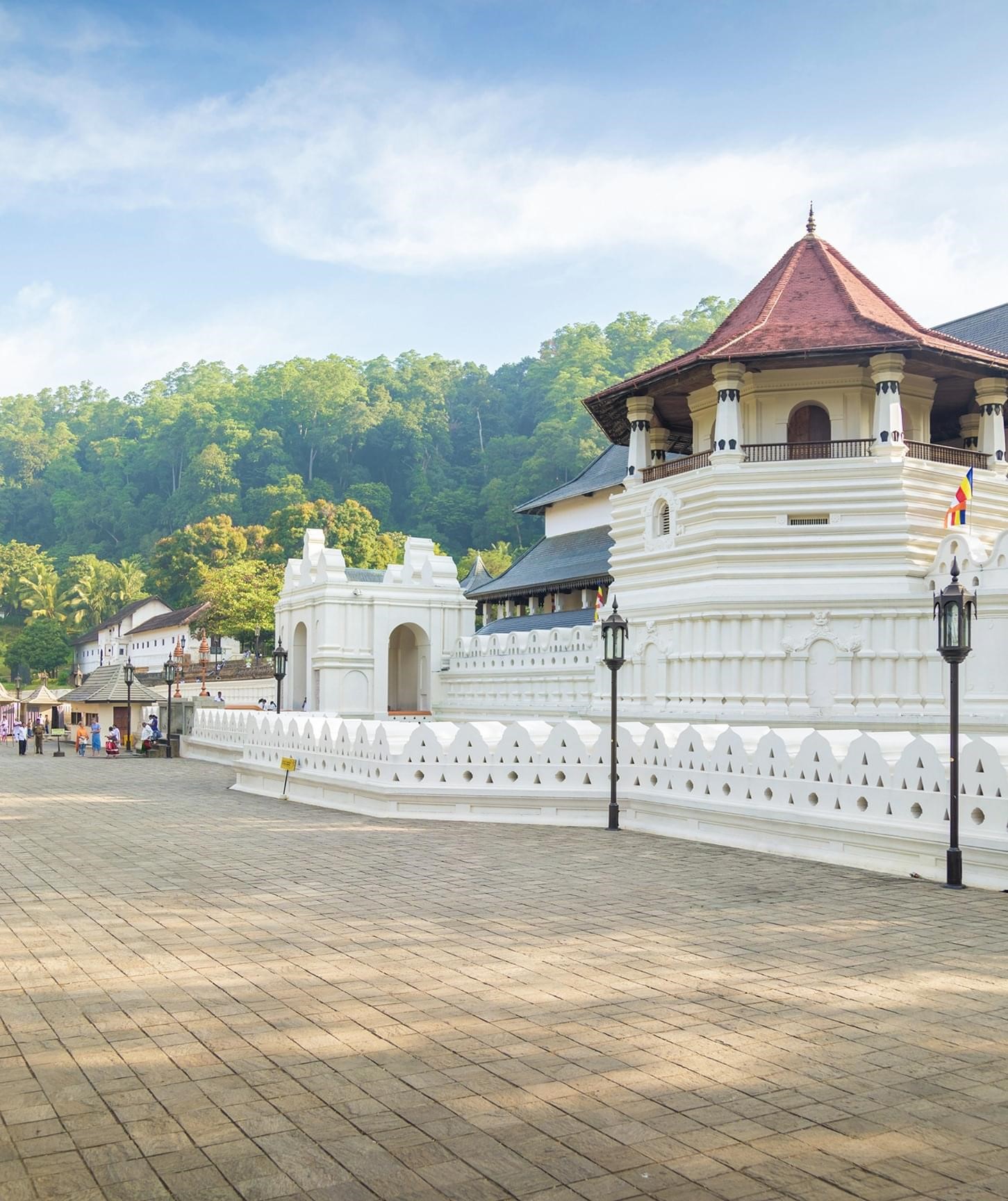Ranmasu Uyana: The Royal Garden of Mystery and Majesty

Surrounded by two ancient wonders—Tissa Wewa and Isurumuniya Temple—in the sacred city of Anuradhapura, is one of Sri Lanka’s most fascinating archaeological and historical sites: Ranmasu Uyana, or the “Royal Park of the Golden Fishes.” Occupying 40 acres, this peaceful setting of boulders, ponds, and neatly manicured stone structures was a pleasure garden for Sri Lanka’s ancient monarchs. But other than its royal recreation, Ranmasu Uyana carries more ominous secrets, including one of the most cryptic carvings in South Asia: the Sakwala Chakraya, better known as the “Star Gate.”
Historical Background
Ranmasu Uyana dates back over 2,000 years, to King Devanampiya Tissa (3rd century BCE), one of Anuradhapura’s first kings. The period was one of flourishing, town planning, and official arrival of Buddhism on the island. The garden is believed to have been visited by royalty for leisure, recreation, and religious seclusion.
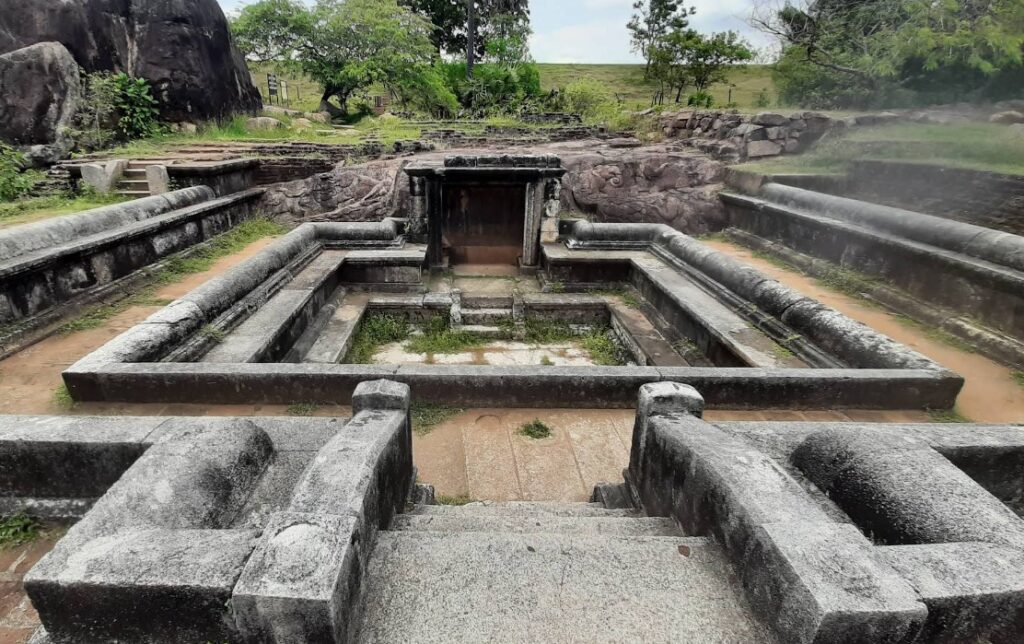
Its name “Ranmasu” translates to “golden fish” in Sinhala—a name perhaps selected as a result of the fish that once lived in its stone ponds or as a symbol of tranquility. The fact that Ranmasu Uyana was situated near the royal palace and temples like Isurumuniya suggests that it formed part of the focal point of royal life, merging both amusement and religious pursuits.
The Layout of the Garden
Ranmasu Uyana is not just a park—it is an ancient wonder of engineering and design. The entire ground is carved out of granite bedrock and edged with natural boulders providing privacy and elegance alike.
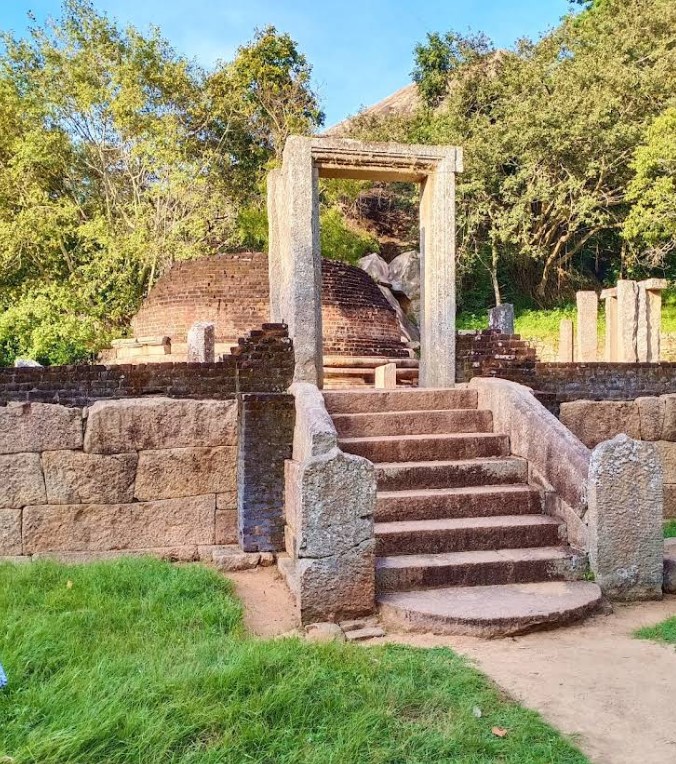
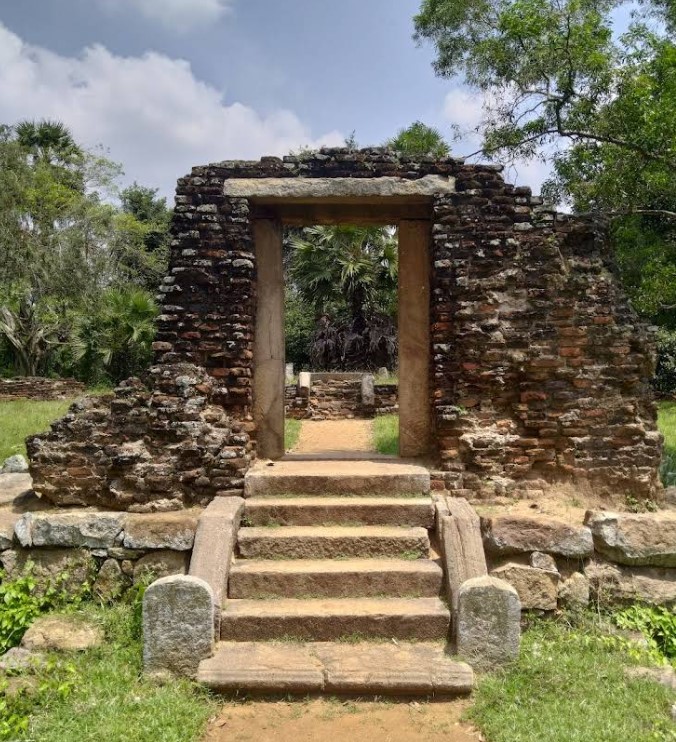
Key Features:
Bathing Pools: Several pools of sizeable and diminutive dimensions are carved from solid rock, all connected by an intricate system of sophisticated channels and sluices. These allowed for clean water from Tissa Wewa, a nearby tank (reservoir), to run through the garden, creating a sanitary environment and instilling a calm atmosphere. The water features reflect the sophisticated hydraulic engineering that was present in ancient Sri Lanka.
Changing Rooms and Chambers: Specially built rooms with steps, stages, and highly polished stone floors indicate spaces where royals may have changed clothes or rested. The presence of such buildings says much regarding the garden’s use as a recreational and health facility by the upper classes.

Elephant Reliefs and Sculptures: Alongside some of the pools are exquisitely carved elephant reliefs, reminiscent of power and dignity in Sri Lankan society. The carvings are both ceremonial and decorative in purpose.
The Sakwala Chakraya – The Star Gate of Anuradhapura
Quite possibly the most fascinating part of Ranmasu Uyana is the Sakwala Chakraya, cut into a flat rock surface. It is large and circular, filled with geometric figures, concentric circles, lotus blooms, and what appear to be cosmic symbols.
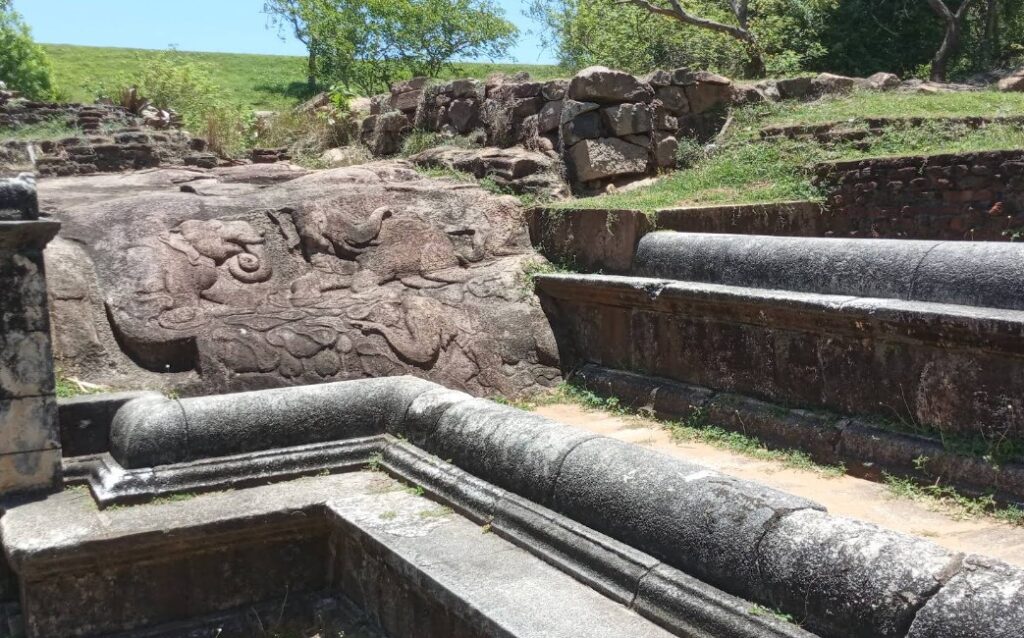
Meanings of the Sakwala Chakraya:
Buddhist Cosmology: It is believed by some researchers to be a cosmological chart, or mandala, sketched out in Buddhist meditation. The different rings perhaps symbolize the stages of spiritual enlightenment or the structure of the universe as described in Buddhist scripture.
Astrological or Astronomical Map: Others believe it is an ancient star chart or navigational map, possibly to harmonize religious practice with the heavens.
A Portal or Stargate: Modern-day enthusiasts and alternative theorists propose darker applications, postulating the map is evidence of a “stargate” or portal to other worlds—referencing the strange similarity of the carving to maps discovered in South America and ancient Egypt.
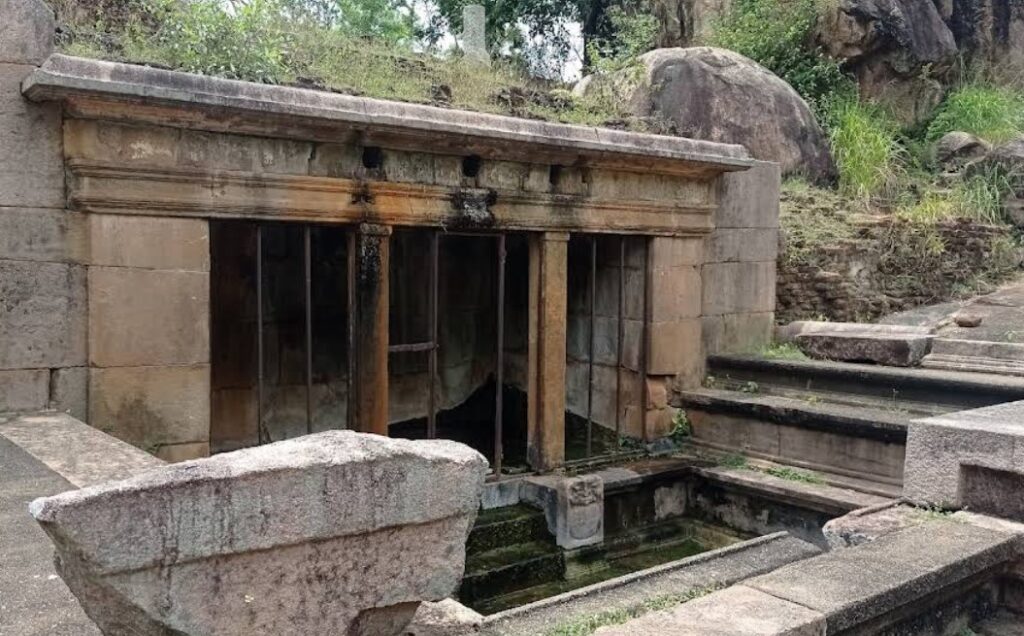
Whatever its genesis, the Sakwala Chakraya adds a sense of mystery to Ranmasu Uyana. While other rock inscriptions speak with certitude about rulers, religious rituals, and common life, this symbol is enigmatic making it one of Sri Lanka’s most debated and discussed artifacts.
A Masterwork of Ancient Engineering
No one can visit Ranmasu Uyana without acknowledging the technical ingenuity of ancient Sri Lankan architects:
Hydraulic Engineering: The park is seamlessly linked to Tissa Wewa irrigation systems. It demonstrates how royals used water for leisure growing gardenias, cooling, bathing—without interruping its use for agriculture.
Urban Planning: The alignment with the nearby religious and administrative structures shows there was systematic urban planning. Ranmasu Uyana was not just a retreat; it was an integral node within the royal and religious network.
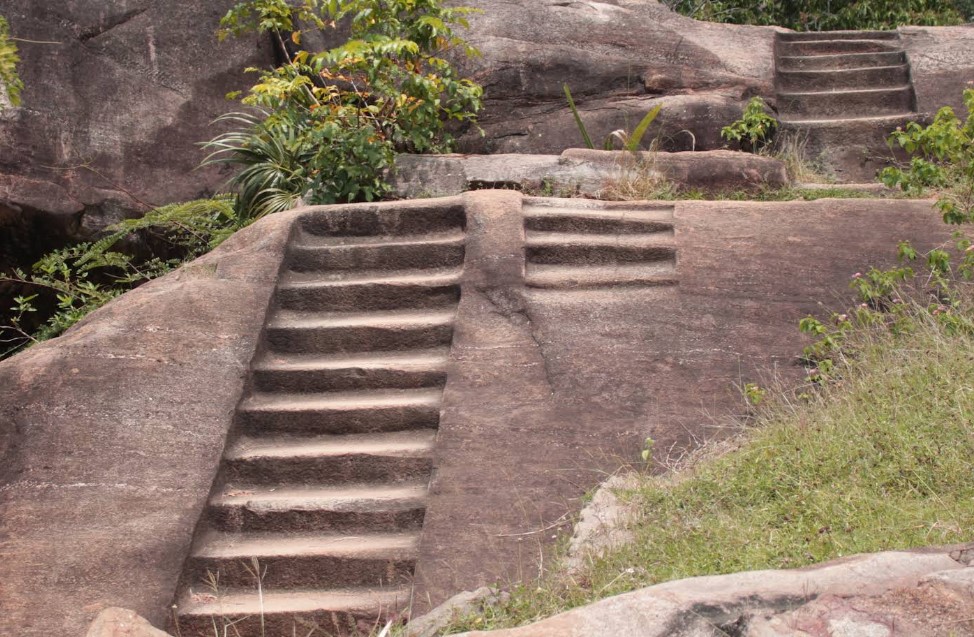
Rock Architecture: All the significant features—pools, chambers, and sculpture—are carved directly out of bedrock, a challenging but resilient process. This material choice has helped the structures survive for over two millennia.
Cultural and Tourism Significance Today
Ranmasu Uyana is a fortified ancient monument and part of the greater Anuradhapura Sacred City, which is a UNESCO World Heritage Site. Despite being less crowded than great stupas or temples, it is nevertheless a local pilgrims’ favorite spot, inquisitive tourists’, and spiritual travelers’.
Nature Walks and Photography: With its ancient trees, moss-covered boulders, and serene ponds, Ranmasu Uyana is a nature photographer and nature lover’s haven.
Spiritual Discovery: The Sakwala Chakraya continues to be a draw for mystics, researchers, and adventure-seekers fascinated by alternative history, Buddhism, and sacred geometry.

Education and Research: Academic institutions and departments of cultural heritage research Ranmasu Uyana regularly, especially for its unique carvings and environmental design principles.
Tourist Tips
Where: A mere 1 km south of Anuradhapura town, close to Isurumuniya and Tissa Wewa.
Entrance Fee: Usually included with the Anuradhapura sacred city ticket.
Best Visiting Time: Early morning or late afternoon to avoid the day heat.
What to Bring: Water, hat, and camera. Respect the religious site as sacred—no noise and litter.
Accessibility: Accessible within easy tuk-tuk or bike ride from central city location.
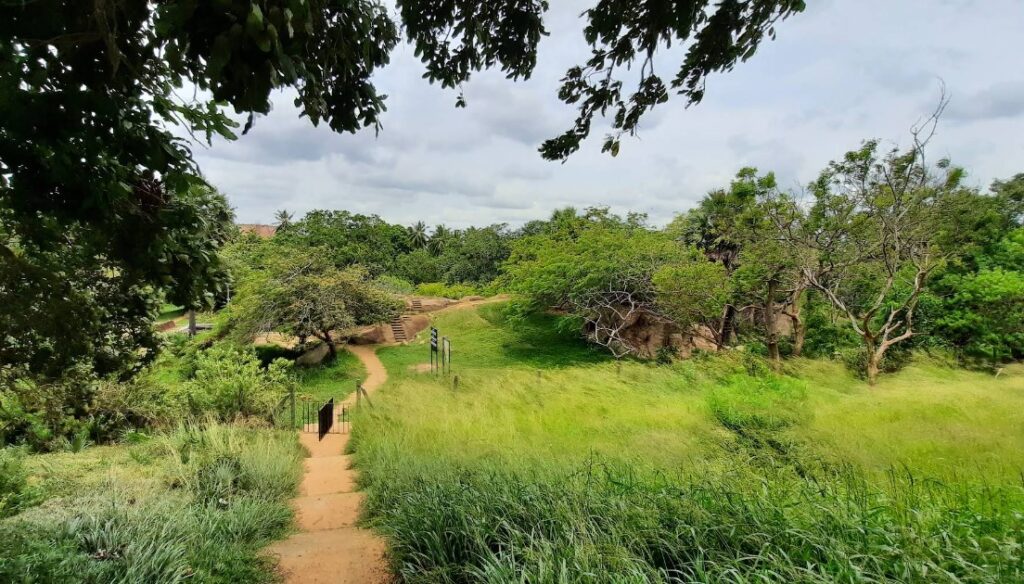
Ranmasu Uyana is not just a park—it’s a gateway to the elegance of ancient Sri Lanka. Its serene environment hides the advanced engineering, the symbolism of its art, and the richness of its myths. As an historian, introspective spiritualist, or lover of ancient architecture, this king’s garden is an experience of depth and unique character.
A visit to Anuradhapura is incomplete without walking amidst the moss-covered stones and whispering trees of Ranmasu Uyana—where history, legend, and intrigue converge.
Ranmasu Uyana is located in Anuradhapura, near the Isurumuniya Temple and Tissa Wewa (Tissa Tank). It’s within the ancient city limits and easily accessible by road.
From Colombo (approx. 205 km):
- By car:
- Take the A6 highway via Kurunegala and Dambulla to Anuradhapura.
- Travel time: 4.5 to 5.5 hours
- By train:
- Take a train from Colombo Fort to Anuradhapura (available daily).
- Travel time: 4–6 hours
- From Anuradhapura Railway Station, take a tuk-tuk (10–15 minutes) to Ranmasu Uyana.
- By bus:
- Take a bus from Colombo to Anuradhapura (Colombo Central Bus Stand).
- Intercity or AC buses are available.
- Travel time: 5–6 hours
From Kandy (approx. 140 km):
- Take the A9 highway north to Dambulla, then continue on the A6 to Anuradhapura.
- Travel time: 3.5 to 4 hours by car or 4–5 hours by bus.
Once in Anuradhapura:
- From the Anuradhapura town center, head south toward Tissa Wewa.
- Landmark: It’s next to Isurumuniya Temple and just a short walk or tuk-tuk ride (about 1–2 km from the city center).
- Use Google Maps or ask for “Ranmasu Uyana” or “Royal Garden near Isurumuniya.”
By Tuk-Tuk (Recommended for Short Distances):
- Easy to find in Anuradhapura town.
- Fare: around Rs. 300–500 depending on your starting point.
- Most drivers know the location—just say “Ranmasu Uyana” or “Star Gate garden”.
Opening Hours & Entry Tips:
- Open daily: usually from 7 AM to 6 PM.
- Entry Fee: May be included in the Anuradhapura Sacred City ticket (foreign visitors), or a small separate charge.
- Best time to visit: Morning or late afternoon (to avoid the heat).
